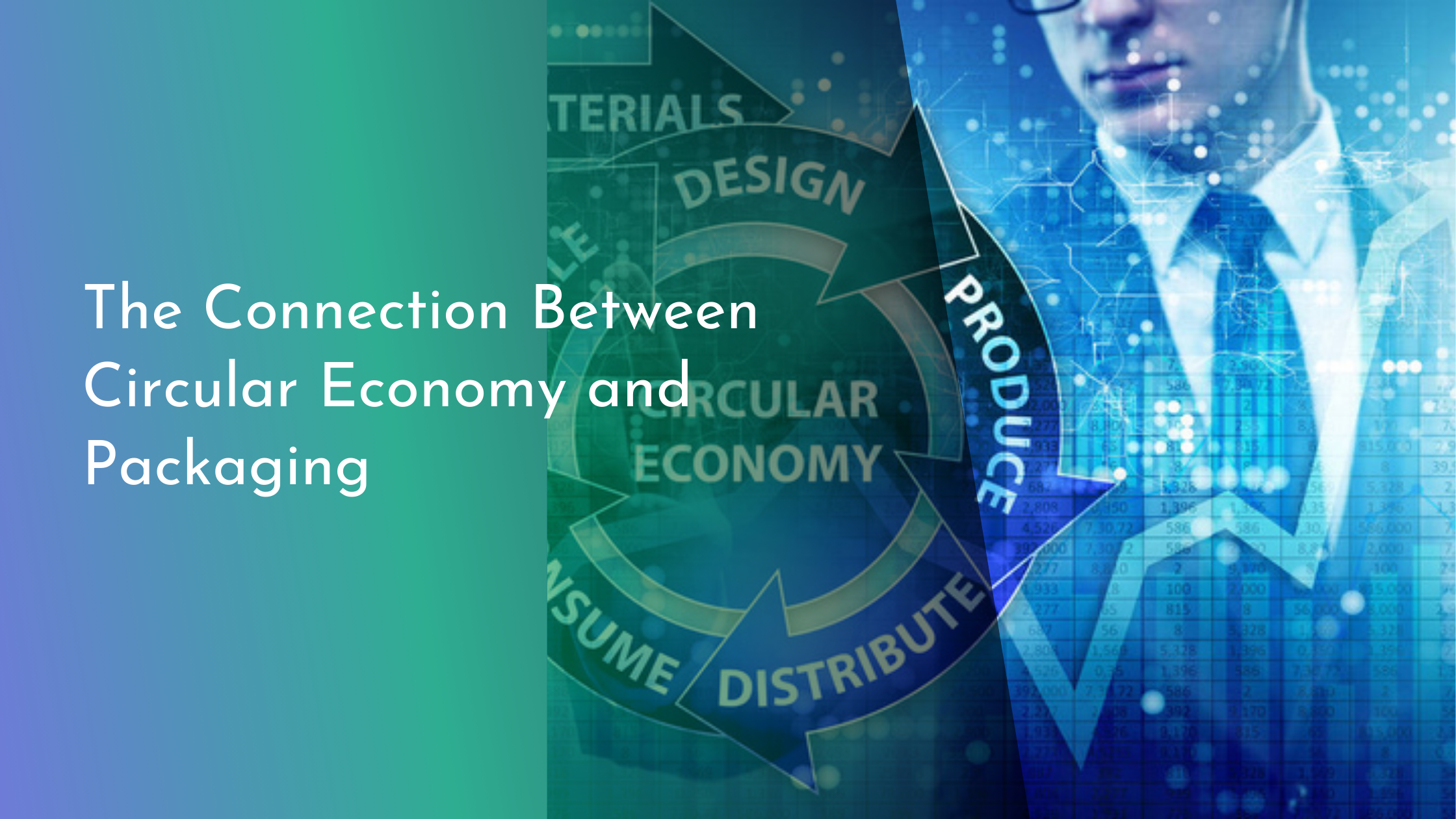The Connection Between Circular Economy and Packaging
In an era where sustainability is at the forefront of global conversations, the circular economy emerges as a beacon of hope for transforming how we approach production and consumption. Particularly within the packaging industry, circular economy principles hold the potential to revolutionize our environmental footprint. By reimagining packaging through a circular lens, businesses can not only reduce waste but also drive innovation and resource efficiency. This article delves into the core principles of the circular economy, explores innovative packaging solutions, examines the environmental impact of circular packaging, and envisions a greener future through the adoption of circular practices.
Understanding the Basics of Circular Economy
The circular economy is an alternative to the traditional linear economy, which follows the “take-make-dispose” model. Instead, the circular economy aims to keep resources in use for as long as possible, extract maximum value from them while in use, then recover and regenerate products and materials at the end of their service life. This regenerative approach challenges companies to rethink how they design, produce, and dispose of goods, ultimately reducing waste and environmental impact.
Central to the circular economy is the concept of closed-loop systems, where products and materials are continuously cycled back into production rather than being discarded. This involves designing products that are durable, reusable, and easy to dismantle. For packaging, specifically, this could mean creating biodegradable materials, developing packaging that can be easily recycled, or implementing reusable systems that extend the life of packaging materials. By embracing these principles, businesses can contribute to a more sustainable future, lower their carbon footprint, and stimulate economic growth through resource efficiency.
Innovative Packaging Solutions for Sustainability
Innovative packaging solutions are pivotal to achieving circular economy objectives by minimizing waste and maximizing resource use. One such solution is the development of biodegradable and compostable packaging materials. These materials, made from renewable resources like corn starch or sugarcane, decompose naturally, reducing the burden on landfills and preventing plastic pollution in oceans. Companies are experimenting with materials that not only degrade efficiently but also maintain the functional properties required for packaging.
Another exciting innovation is the rise of reusable packaging systems. Businesses are exploring models where packaging is designed for multiple uses, thus extending its lifecycle. Examples include durable containers for take-out food, refillable glass bottles for beverages, and returnable shipping boxes. Such systems encourage consumers to return packaging for a deposit incentive, which can significantly reduce single-use packaging waste and foster a culture of reuse and shared responsibility. By implementing these innovative solutions, the packaging industry can make significant strides towards achieving a circular economy model.
Impact of Circular Packaging on the Environment
Circular packaging has a profound positive impact on the environment, primarily by reducing the amount of waste that ends up in landfills and decreasing reliance on virgin materials. When packaging is designed to be reused or recycled, it diverts waste from landfills and helps conserve natural resources. For example, using recycled materials to create new packaging reduces the need for raw materials, thereby lowering energy consumption and greenhouse gas emissions associated with mining and manufacturing.
Additionally, circular packaging can help combat plastic pollution, a critical environmental issue. By adopting biodegradable alternatives and encouraging recycling, the packaging industry can significantly cut down the volume of plastic waste entering ecosystems. This not only protects wildlife and marine life but also contributes to cleaner landscapes and healthier communities. Circular packaging thus plays a crucial role in mitigating environmental degradation and fostering sustainable practices across industries.
Embracing a Greener Future Through Circular Practices
Embracing circular practices in packaging is a vital step towards a sustainable future, offering both environmental and economic benefits. As companies strive to reduce their environmental footprint, adopting circular principles helps create a more resilient and adaptable business model. These practices encourage collaboration across supply chains, driving innovation and fostering partnerships that prioritize sustainability.
Furthermore, circular packaging practices resonate with consumers who are increasingly demanding environmentally friendly products. By aligning with these values, businesses can enhance brand loyalty and capture new markets. Governments and policymakers are also increasingly supportive of circular economy initiatives, providing incentives and frameworks that promote sustainable practices. The shift towards circular packaging is not just a trend but an essential transformation that will help secure a healthier planet for future generations.
The intersection of circular economy principles and the packaging industry presents an extraordinary opportunity to reshape our world into a more sustainable and resource-efficient place. By redefining how we produce and consume packaging, we can significantly reduce waste, conserve natural resources, and mitigate environmental impacts. As we look towards the future, embracing circular practices in packaging not only makes ecological sense but also offers economic rewards. It is a win-win scenario that requires collective effort from businesses, consumers, and governments alike. Together, we can pave the way for a thriving, sustainable future where circular economy principles guide every aspect of our lives.

